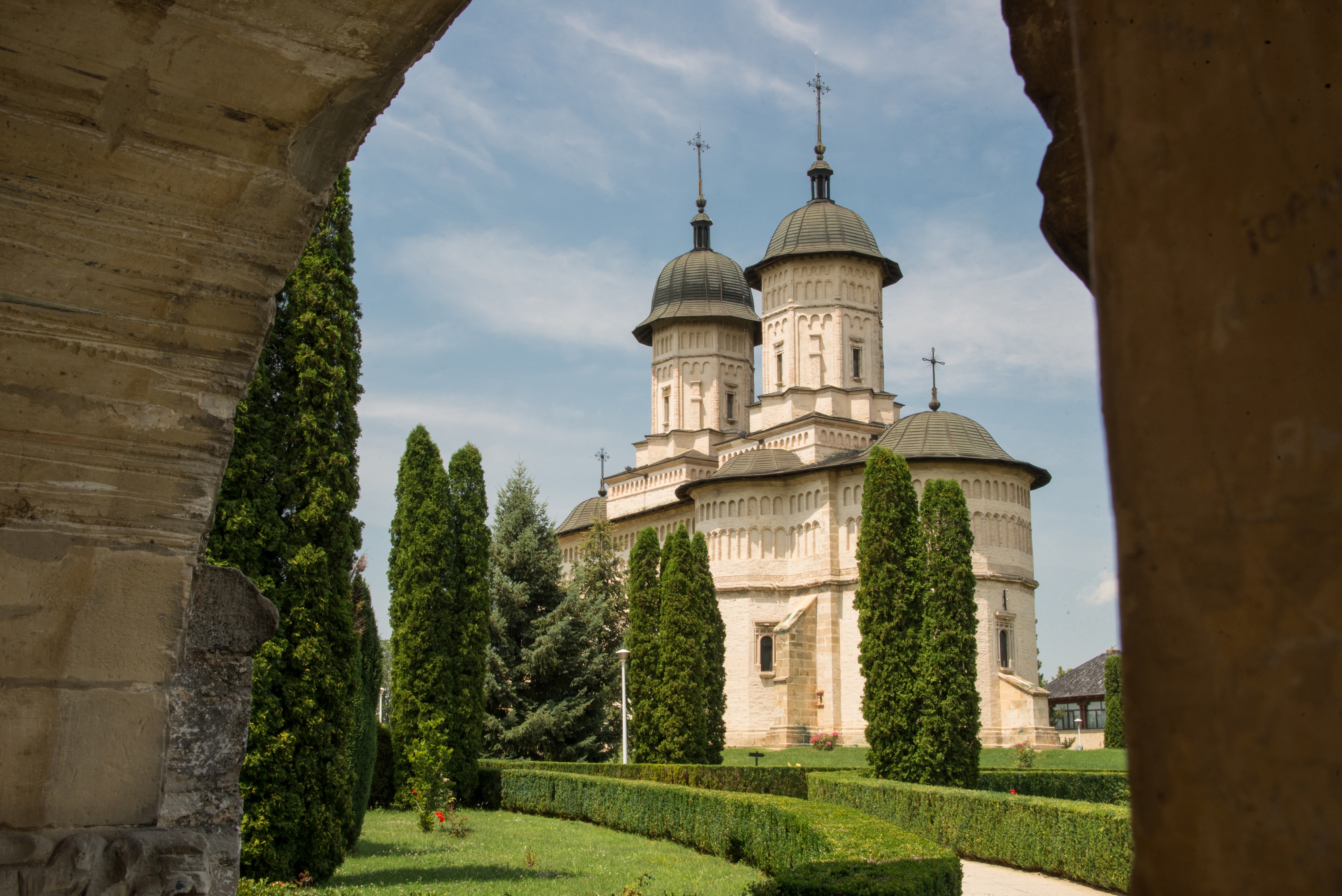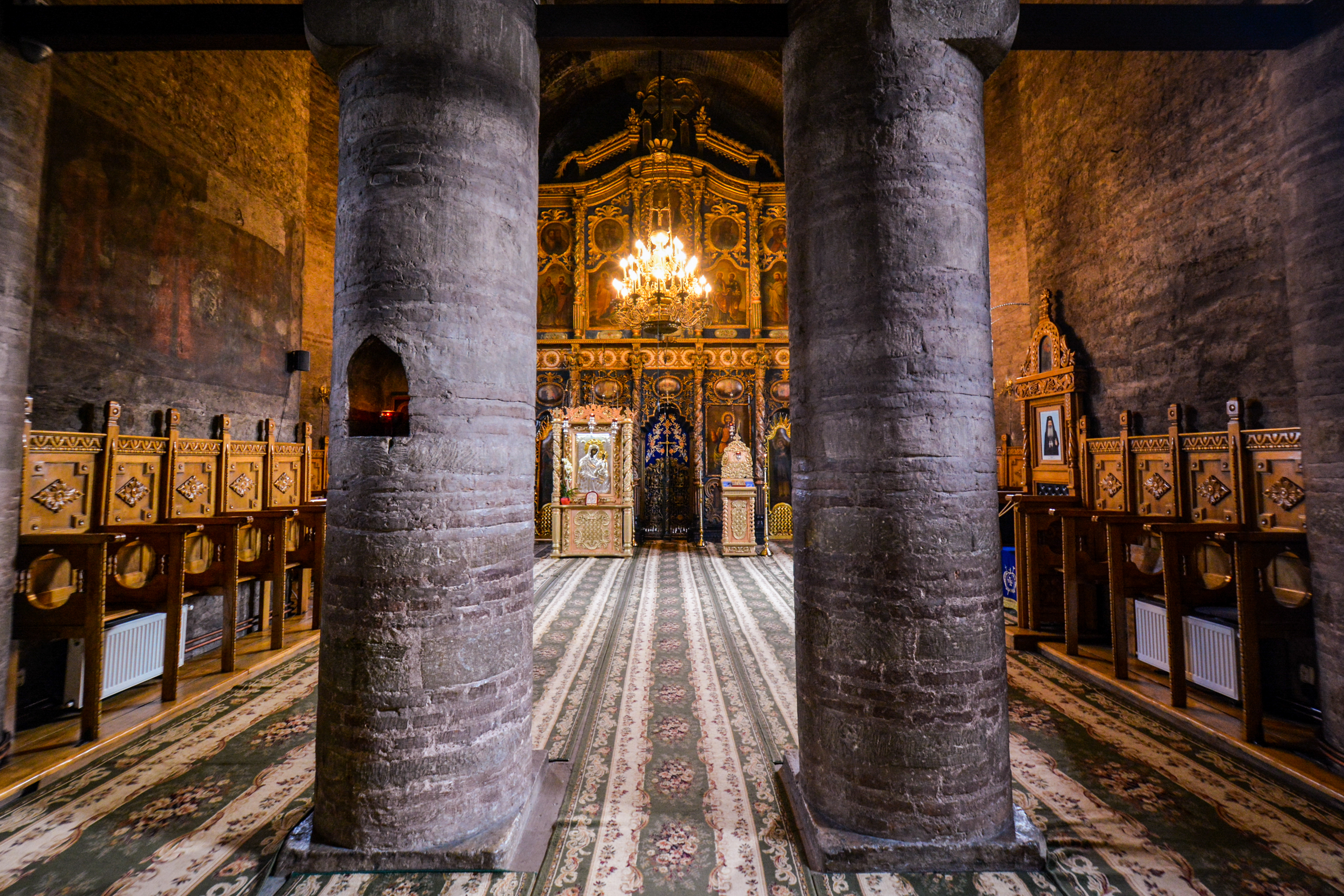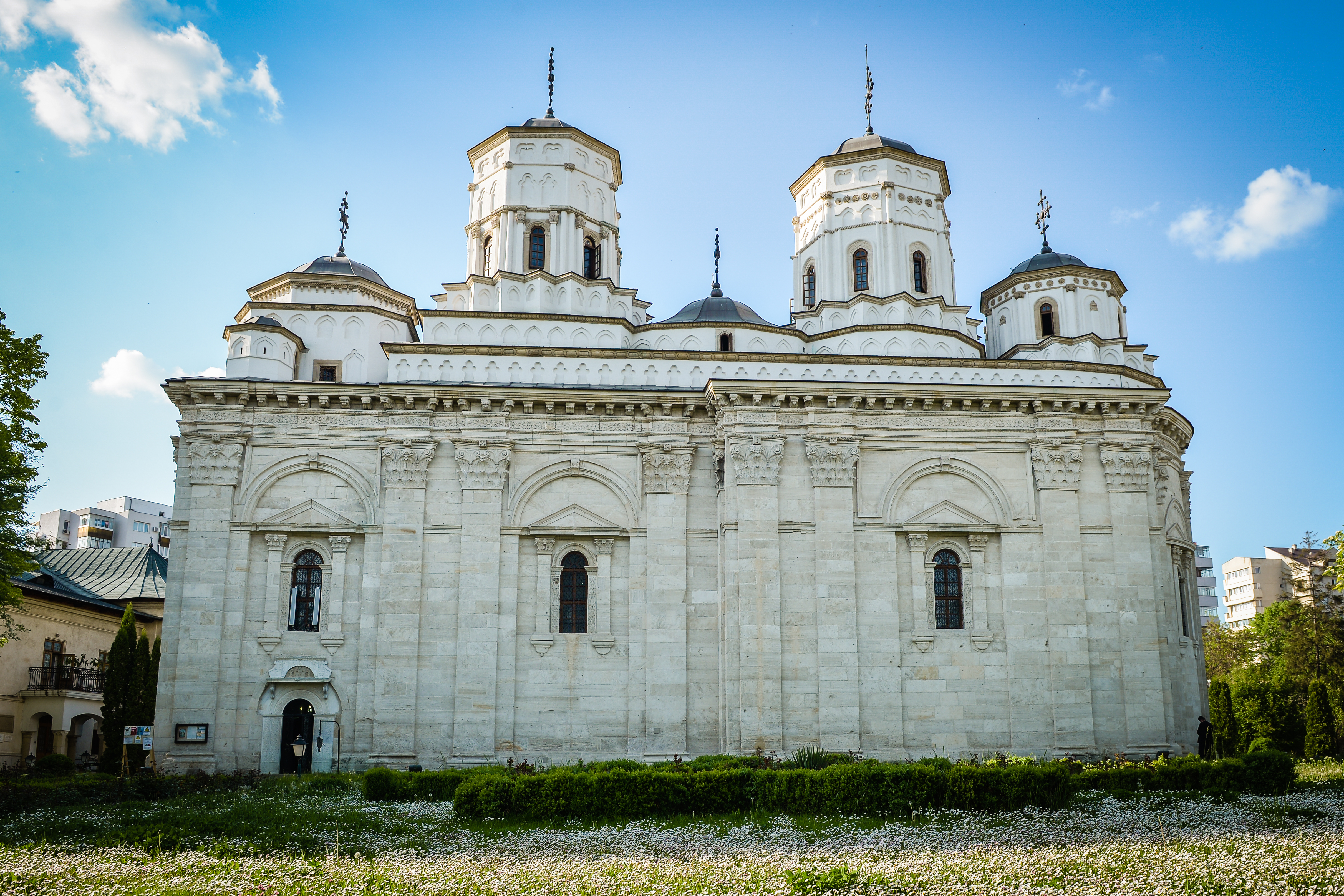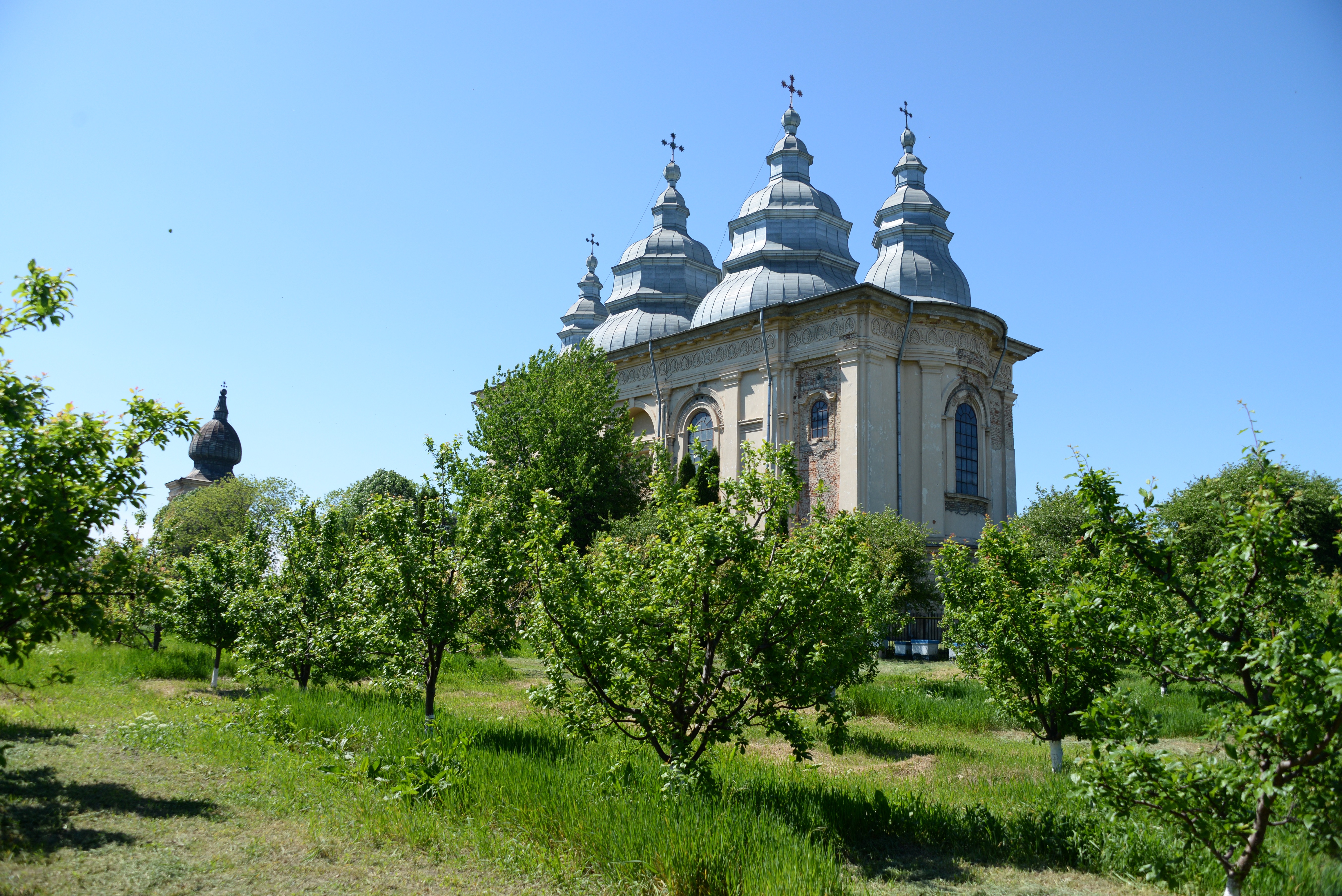Let Father Neculai Dorneanu, PhD, guide you through the fortress monasteries of Iasi, Romania. Listen well, and hear the monuments’ voices, unchanged for centuries, reminding us of the past.
Motto:
”I tell you that if these should hold their peace, the stones would immediately cry out.” (Luke 3, 19)
In Latin, the first meaning of the neuter noun monumentum, -i is all that reminds (someone) of (something). The role of the monument is to awaken the memory of the contemporaries, to bring back the past into the immediate present. As such, another role is to maintain and forward for the future these realities of the past, its importance depending on how well it manages to do so, without addition and forgeries, so that the future may continue to value and promote it.
”The voice” of a monument – its message, its confession – can not be overlooked while the monument is still standing. If the monument is in a good condition, it means that the present is correctly receiving the message it is sending, maintaining it and strongly forwarding it. If the monument is decaying, its message turns out to be of low interest to the contemporaries and highly unlikely to be received for the future. Finally, if the monument is destroyed or almost ruined, it will become a subject for another future monument… if the future will show any interest in the monument!

We will present several “alive” monuments from the City of Iasi – the capital of the Principality of Moldova from 1564 until 1859, currently the second largest city in Romania. Iasi is also known as the city with the most fortress monasteries from Moldova. We will make short presentations, as an invitation to a possible visit of the people interested in the topic perhaps in time generating a more intimate knowledge in order to discover, value and promote the legacy of religious monuments from Romania.
The Galata Monastery, dedicated to the celebration of the Ascension of Christ, was founded by the Romanian ruler Petru Schiopul during 1582-1584 and was named after a neighborhood from Constantinople. The church of the Galata Monastery is characterized by architectural elements which are not been seen in Moldova until that time: the wall between the crypt and the nave is replaced by three arches supported by columns, there is a secondary tower over the ante-temple, the middle stone waist which divides the front of the church into two equal parts, the existence of three windows in the apse, etc. The painting in the Galata church was destroyed in the fire of 1762. The church has a fortified protection wall and a watchtower which is currently used as a steeple. Following the appropriation from 1863, the monastery remains a parish church until 1990, when it becomes again a nunnery.

The Cetatuia Monastery best illustrates its name by the fact that the enclosure is shaped as a fortress, the church being surrounded by high walls with ramparts and a sentry road. Visitors enter the enclosure under a massive tower, in every corner of the enclosure existing towers. The monastery was built during 1669-1672 by Gheorghe Duca, the ruler also building in the enclosure a summer palace that he might also use as a place of refuge. The church of the Cetatuia Monastery is one of the most important monuments of feudal art from Iasi. The painting inside the church was done by Mihai, Gheorghe and Dima from Ianina, together with Nicolae Zugravul the elder and Stefan Zugravul, needing to be cleaned in order to be appreciated at its own value again.
The Golia Monastery, with the church dedicated to the celebration of the Ascension of Christ, was initially built by the squire Ioan Golia in the 15th century. Situated once at the North-Eastern limit of the medieval city of Iasi, the Golia Monastery is an important medieval defense fortress, with walls and enclosure towers, with big metal and wood gates at the entrance under the tower. In 1650 the ruler Vasile Lupu decides to build back the ruined establishment, but the task will be finished by his son, Stefanita Voda, in 1660. The surrounding wall dates back to Vasile Lupu, the strongholds being added by Gheorghe Duca, the founder of the Cetatuia Monastery. An important tourist attraction is the Tower of the Golia Monastery, erected by the Father Superior Meletie in 1855, being 29 meters high and allowing the entrance in the monastery’s yard through a gangway. After several decades of being a parish church, after 1990, Golia becomes again a friary and is included in an ample process of exterior and interior renovation through European funds.

The Hlincea Monastery was founded at the end of the 16th century by Maria, daughter of the ruler Petre Schiopul, and by her husband, Zottu Tzigara. The church will be rehabilitated by the ruler Vasile Lupu, who will also arrange for the church to have extraordinary interior painting, perhaps the most valuable of all sacred art monuments from the city of Iasi. The same ruler builds the wall surrounding the monastery, with the tower and the porch above the gate. The monastery was closed in 1959 and re-open in 1990 as a friary.
The Frumoasa Monastery from Iasi is built on the same location as a former church founded in the 16th century by the Hetman Melentie Balica. The name of the monastery (“beautiful” in English) derives from its location and the beautiful view of the city the visitor has. The current monastery was founded by the Father Superior Ioasaf Voinescu, who built it from the ground during 1836 – 1839. The monastery is surrounded by a defense wall, the entrance being guided by an imposing tower. After the appropriation, the Frumoasa Monastery becomes a parish church, and in 2003 becomes a nunnery again. Currently, the monastery will go through an ample process of renovation and restoration through European funding.






Follow us: